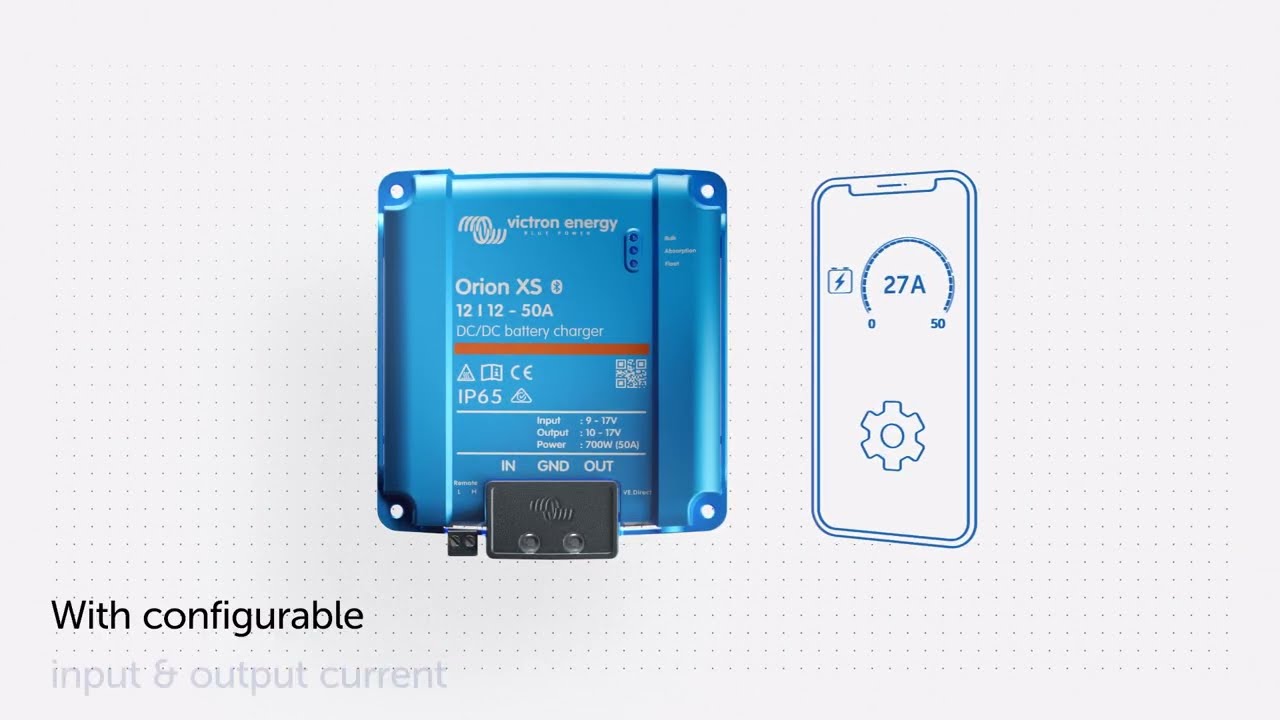

Hello,
Sign In

There’s nothing quite like heading off into nature with a cozy caravan filled with our favourite creature comforts – from cooking tools to lighting solutions and beyond. Thanks to Lithium Iron Phosphate (LiFePO4) technology we can now enjoy unlimited access to these devices while on our outdoor adventures. In the realm of caravan batteries LiFePO4 options have quickly gained popularity due to their robust advantages over traditional lead acid batteries. These lithium ion batteries leverage LiFePO4 as their cathode material resulting in a host of benefits including increased usability capacity enhanced safety features longer lifespan and lighter weight – making them a perfect fit for any recreational vehicle.
But when it comes to selecting the right size of LiFePO4 battery for your caravan, where do you begin?
No need to worry – selecting the appropriate battery size for your needs is a smooth process that revolves around comprehending three critical aspects: your power needs, battery capacity, and travel routines. The optimal size can only be determined by evaluating your energy consumption requirements since many electronic devices use varying amounts of energy when on the go. You could reduce power consumption by balancing electrical appliance usage as some tools like lights, refrigerators and heaters demand more current than electronics such as smartphones or TVs which consume less energy.
Accurately calculating daily power needs can be achieved by detailing each appliances name with its wattage or amperage rating.
For caravan excursions requiring unbroken battery power supply without any disruptions LiFePO4 batteries based on their varying battery capacities are the best option since they significantly differ within this range. Battery capacity is crucial because it determines how much energy can be stored at any given moment; hence you must consider this factor before making any decisions.
Choosing LiFePO4 batteries over traditional lead acid in caravans offers several benefits like higher usable capacity where almost all its storage potential could be comfortably utilized – a polar opposite to lead acid with limited safe usability compared to its entire storage space potential.
Calculating your total power consumption in watt-hours and dividing it by the voltage of the chosen caravan battery (generally at 12V) gives an estimation of its necessary Ah rating needed accurately.
Your choice when selecting suitable power capacities depends on how frequently your charging needs are met and where and how often you tend to camp. For those who enjoy frequent powered site stays or hook up facilities nearby regularly, smaller battery sizes may suffice well.
Conversely, if off-grid camping is preferred and extended stays away from electrical sources are expected then one should select higher-capacity LiFePO4 batteries as these will meet energy requirements adequately.
When contemplating what size of LiFePO4 battery would be best suited for ones caravan there are several factors worth taking into account including the frequency of travel as well as how long stays are likely to last off grid . If traveling frequently it might make sense to invest in a bigger sized type of this kind of equipment though this may come at an initially higher cost . Avoid ending up with too small a unit by planning out energy needs with some buffer room built in .
To maximize renewable energy utilization during daylight hours incorporating solar panel systems into setups can reduce dependency on large capacity units . That being said, while LiFePO4 batteries are lighter than others they can still add significant mass to caravans so its essential to ensure that additional weight is supported by ones vehicle. If unsure about power requirements or even battery size consulting professionals with expertise and tools in this area is certainly a good idea. Above all choosing the correct LiFePO4 battery unit necessitates careful analysis of ones energy needs and travel patterns as well as taking into account other relevant factors. The decision to determine what type of power source to bring along on your next camping excursion should not be taken lightly.
However with careful consideration and informed selection you can reap two fold benefits: an amplified outdoor experience and an unwavering supply of portable energy.

Copyright © 2023 Muller Energy. All rights reserved.
Lorem ipsum dolor sit amet, consectetur adipisi cing elit, sed do eiusmod tempor incididunt ut labore et dolore magna aliqua. Ut enim ad minim veniam, quis nostrud exercitation ullamco laboris nisi ut aliquip ex ea commodo consequat.